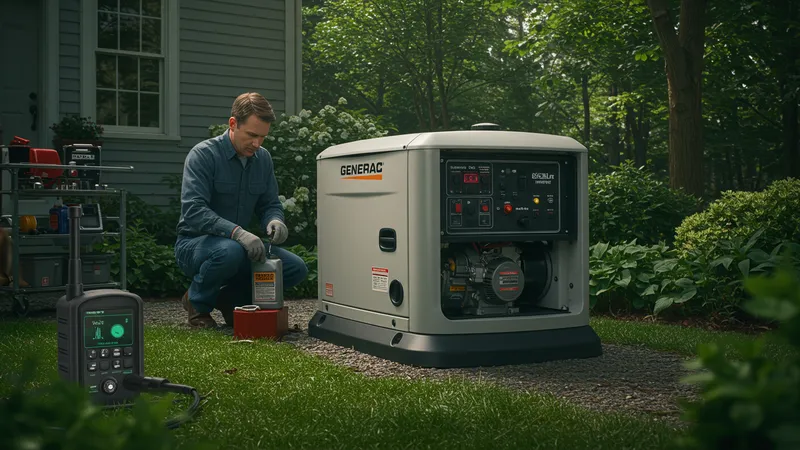
Backup Power Unleashed: The True Cost Of Whole House Generators
Ongoing Maintenance and Fuel Costs of Whole House Generators
Investing in a whole house generator in the United States doesn’t end with installation; ongoing maintenance is essential for performance and longevity. Manufacturers like Generac, Kohler, and Cummins specify annual or biannual service intervals, which include oil changes, spark plug replacement, and system diagnostics. Skipping recommended maintenance can void manufacturer warranties and leave homeowners vulnerable during critical outages.

Typical maintenance service plans, often offered by certified local dealers, range from $300 to $650 per year. This investment helps prevent unexpected breakdowns, prolongs equipment life, and maintains compliance with insurance and local regulations. Remote monitoring tools, available on higher-end models, allow for early detection of issues but can also incur additional subscription fees.
Fuel consumption directly influences operating costs during outages. Natural gas-fueled generators are popular in cities with municipal gas lines, often offering lower operating costs than propane or diesel. However, in more rural regions, propane storage tanks add infrastructure and refilling expenses. During extended blackouts, expect fuel bills to rise—operating a generator for 24 hours can cost anywhere from $60 to over $200 per day, depending on the local market and generator size.
Regional factors also affect maintenance and fuel needs. For instance, high-humidity areas in the southeastern U.S. may demand more frequent filter changes, while colder northern climates put additional strain on generator engines. Knowing these local influences enables smarter long-term budgeting and system selection tailored to each homeowner’s unique conditions.